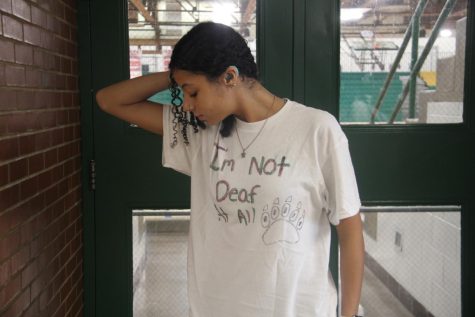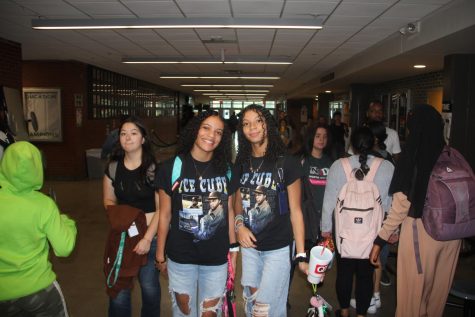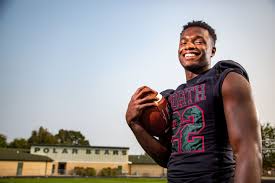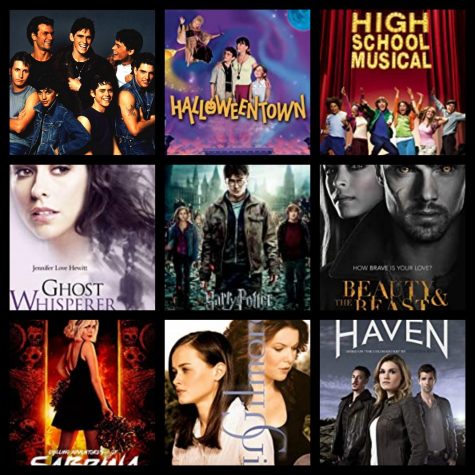One of Two
How a diverse staff is important for students’ lives
November 13, 2015
Walking through the hallways of North High, diversity is something very prominent within the student body. Students from different cultures, races and ethnicities amalgamated together to learn within these walls. Though diversity is very apparent through the students, when you take a closer look, that diversity isn’t mirrored throughout the teachers. Currently at North there are only two black teachers. Now you may think why does that matter? What does race have to do with teaching? Well, race indeed does matter, not only does it matter but it makes a huge impact in high student achievement. When students can relate to teachers it creates a relationship that benefits the student in numerous ways. Race is a major factor in that equation Speaking to the two black teachers at North, I got just how big of an impact race makes. Leola Levy who teaches accounting, marketing and business at North describes her feelings towards being one of the two black teachers. “I feel happy and I feel sad,” Levy says “Happy because I still have a chance to reach a lot of kids and sad because I am one of the two.” She continues, “I think it’s very important [for more black teachers to be represented], If you look at all the schools in the district, there is a big difference between faculty and the students and I think it needs to be addressed.” Homer Hill who teaches History and psychology, feels similar. “I’m disappointed but to put a positive spin on it, at least I’m one of the two.” Hill continues, “Here at this school we have a significant population who are ethnically similar to me. I do think that it is useful in an educational environment for students to have role models that they can easily identify with.” Mr. Hill is actually very much correct. There have been numerous studies examining the relationship of students and teachers based on race. What would seem like a no-brainer is becoming more of a rarity. The startling lack of diversity within education faculty isn’t just specific to North but is a national phenomenon. School demographics in the U.S. are rapidly changing as students are becoming more diverse in regards to ethnicity, spoken language and race. According to the U.S. Department of Education, a predicted historical first is here: This fall, a majority of public school students will be children of color. At the same time, the teacher’s workforce remains remarkably stagnant, with little change in teacher diversity rates over the past decade, which is majority white. The critical entail for more representation to be reflected transversely throughout teachers is often looked upon disparagingly but the impactful difference it could make is best abridged by Randy Miller, an author and teacher who is currently the only black teacher in his district in New Jersey, as: “Generally speaking, Black and Latino/Hispanic students are not educated in a way that is culturally responsive or culturally relevant and those students are often punished for exercising their culture in ways that those who not of their culture do not understand; often interpreted as poor behavior. For many in urban schools the relationships formed between faculty, staff and students are ones built on a foundation of sympathy and empathy rather than on understanding and compassion. Hiring a slew of teachers of color won’t answer all of the issues facing urban students; however, it can help to begin addressing some of them. Teachers of color, like all teachers, must be supported by seasoned administrators and receive quality professional development. I am not advocating that we remove white teachers from urban schools, but what I am saying is that there needs to be more of a balance with respect to the racial composition of teachers in urban schools and we cannot just hire black teachers for history and Hispanic/Latino teachers to teach Spanish. We need teachers of color in the mathematics, science and English content areas as well.”












